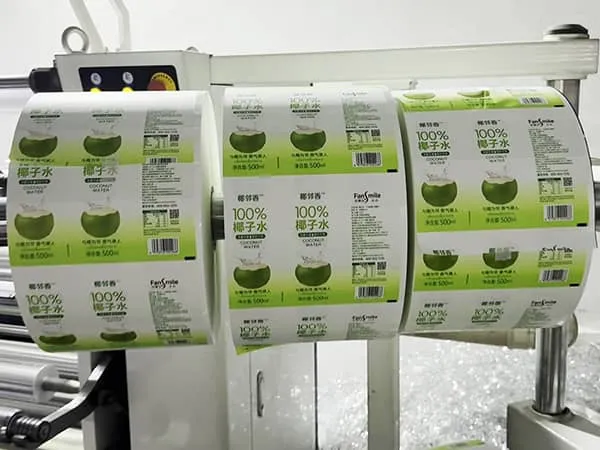
Shrink sleeve labels are an efficient packaging choice for various types of non-alcoholic beverages such as juices, sodas, teas, and other non-alcoholic beverages. Shrink sleeve labels wrap around the entire container, according to its shape closely, which gives a clean look that helps brands stand out.
We’ve worked with many beverage brands, offering custom labeling services that cover design, color matching, label size, and material selection. After the client approves the design sample, we refine it and begin production using materials such as PVC, PETG, and OPS. Our equipment for printing and slitting is carefully set up so that every batch meets high standards without long delays. To make sure labels last, each batch is tested for strength and abrasion. As a result, the shrink sleeves stay firmly on the bottles and don’t peel or get damaged during filling, transport, or everyday use. For bottles with irregular shapes, shrink sleeves are a great option as they wrap neatly around the curves and keep the design safe inside the label film.
PVC is great when clarity and sharp printing is required, perfect for sodas, bottled water, and tea.
PETG works well for juices, sports drinks, and kids’ drinks, it holds up better under heat and handling.
PE is our go-to for large-size bottles or water jugs because it’s tough and flexible, easier to handle at scale.
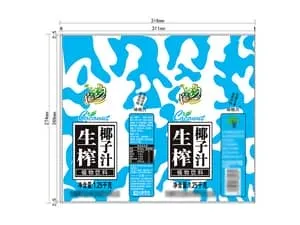
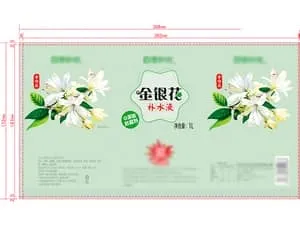
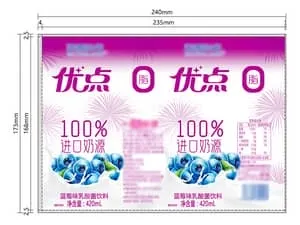
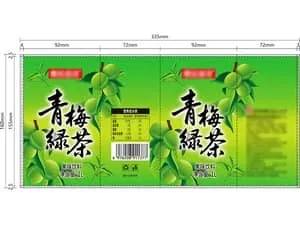
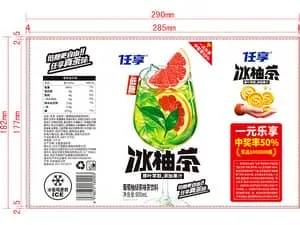
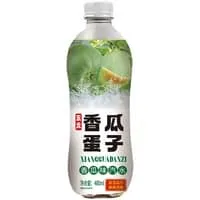
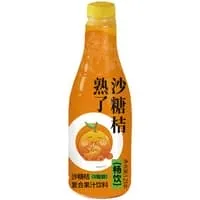
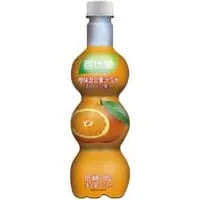
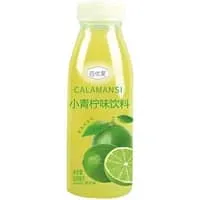
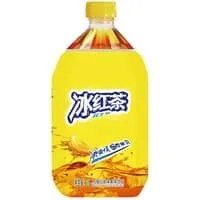
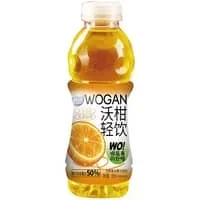
We focus on producing high-quality plastic labels and provide customers with complete solutions from design and plate-making to printing. As our production has grown, we’ve also worked on speeding up deliveries, making it easier for customers to rely on us for urgent requests as well as large volumes. At the same time, our labels help reduce packaging costs while making products look more attractive and durable on the shelf.
Labels need to withstand both high and low temperatures without shrinking, cracking, or losing adhesion. If they can’t handle these conditions, the edges may curl or the glue may fail over time. Light resistance is just as important, without it, labels can fade or turn yellow after long exposure, making the design look old and harder to read.
Labels are designed with precise cutting, proper tolerances, and positioning marks that can be read by sensors. Stable, flat material with the right thickness and shrink rate ensures the labels stay aligned during application.
Automatic labeling is fast, accurate, and suitable for large runs, helping reduce mistakes and labor costs. The cons are that it requires equipment investment and regular maintenance. Manual labeling is slower but works well for small batches or bottles/containers with irregular shapes, and it doesn’t need expensive machinery, though it depends more on people, so results can vary.
Labels need to be run at their recommended shrink temperature and rate, with tunnels that provide even heat and the right time inside. Film thickness, label size, spacing, conveyor speed, and tension all affect heat transfer. It’s also important to keep labels steady with sensors and positioning before heating, and to have proper safety and temperature controls in place.
Yes, it is possible to make shrink sleeves for bottles of different shapes whether round, square or irregular. Factors including material thickness, shrink ratio and how the graphics are applied are carefully adjusted when designing them. That way, the label wraps evenly with a smooth appearance after shrinking and provides the product with a nice and clean look on the shelf.
Providing one-stop services from original design and material selection to manufacturing and delivery
Serving more than 800 customers